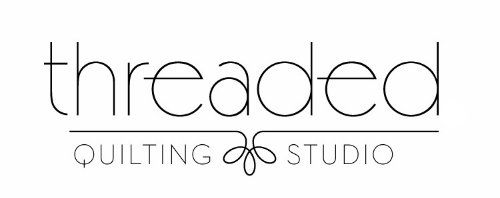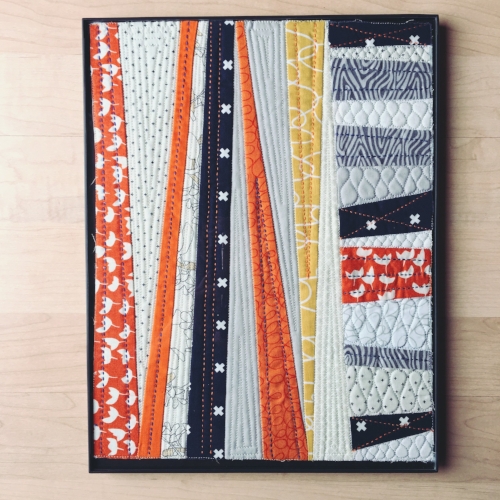***CONTEST CLOSED***
How about a good ol' coloring contest?!
I'm so jazzed about this Recolor app that I want to share the love and excitement with you!
Rules:
1. You must be a follower of @threadedquilting and @mashemodern on Instagram to win.
2. Color one of my quilt patterns and post the finished photo to Instagram with the hashtag #recolorquilts. Please tag me in your post @threadedquilting. Your Instagram profile must be public for it to count. You may color and post as many colorations of my blocks or layouts as you like, just make sure they are separate postings and not a collage.
You will find a blank coloring file to save to your smart phone or tablet at the end of any listing from my patterns page. If you need help saving the file or knowing which app to download, check out this tutorial for help (there's a video, too).
3. On Tuesday, November 15th at 7 pm CST, Kristen and I will choose a winner! The winner will receive a $30 gift certificate to Mashe Modern online fabric shop (she carries Tuuuuuuuula!) and a PDF download of 3 of my patterns: Fierce Feathered Star, Brighten the Corners, and Star Sighting.
(No purchase necessary. Giveaways sponsored by Threaded Quilting Studio and Mashe Modern, not Instagram or Recolor.)
International submissions welcome and eligible! Good luck to all!!
email me @ threadedquilting @ gmail (dot) com or via Instagram with any questions






































